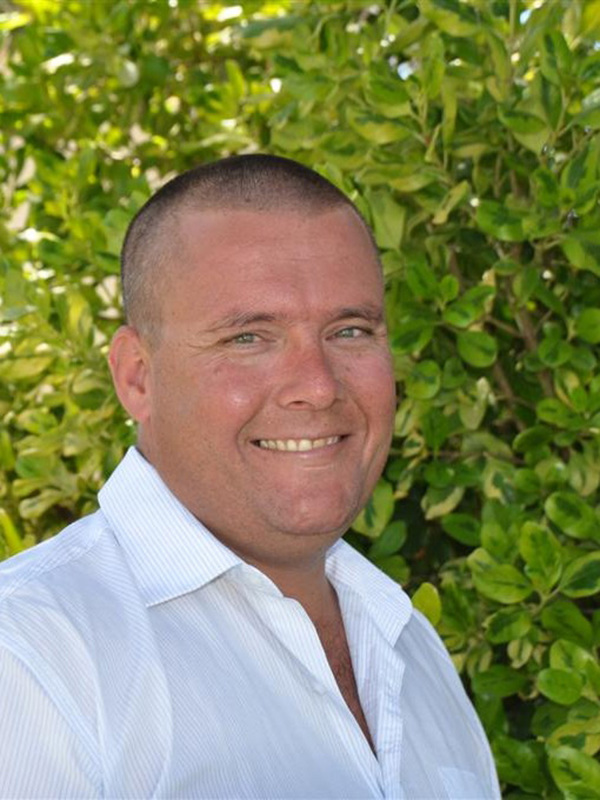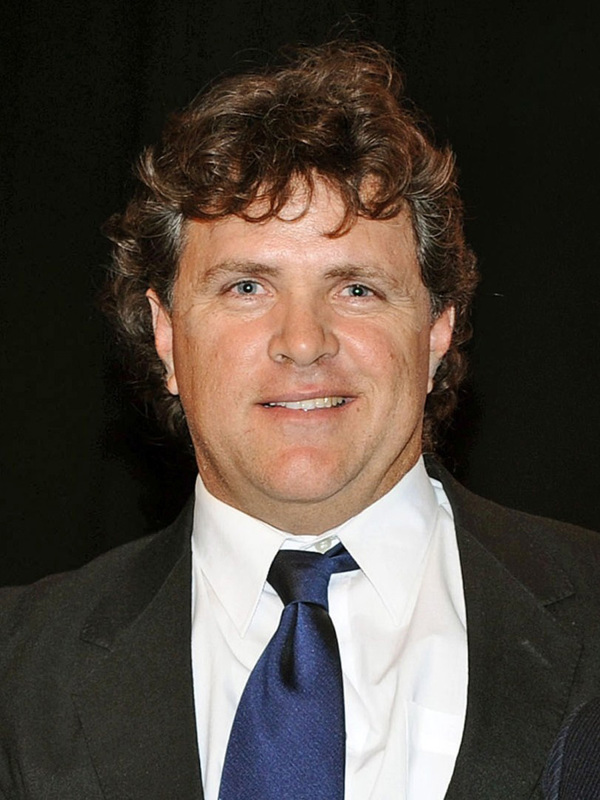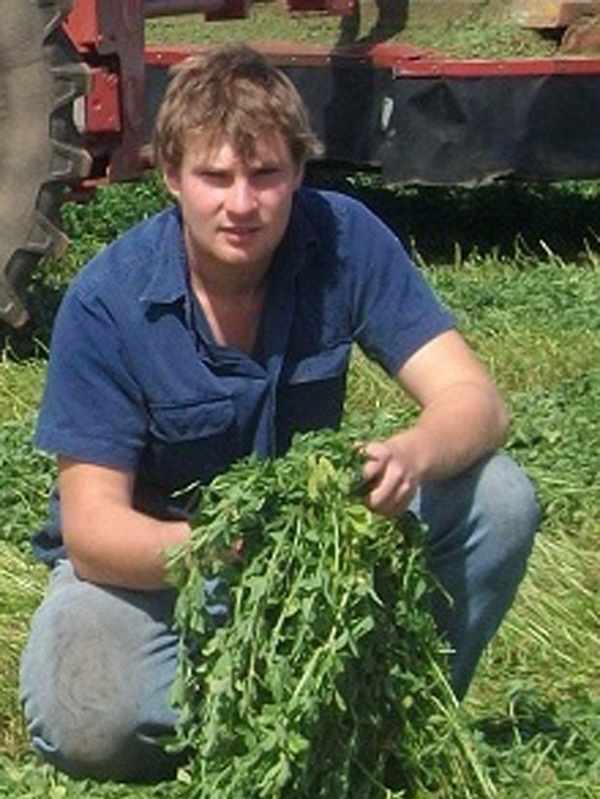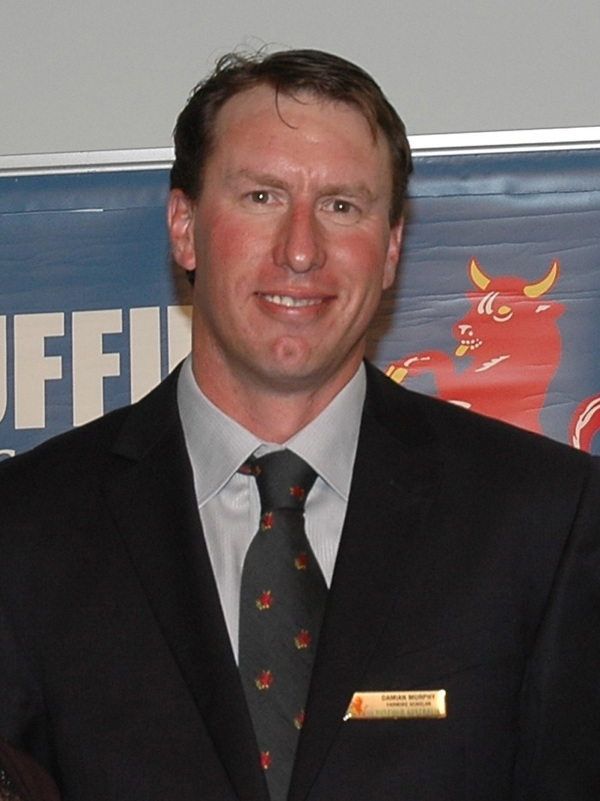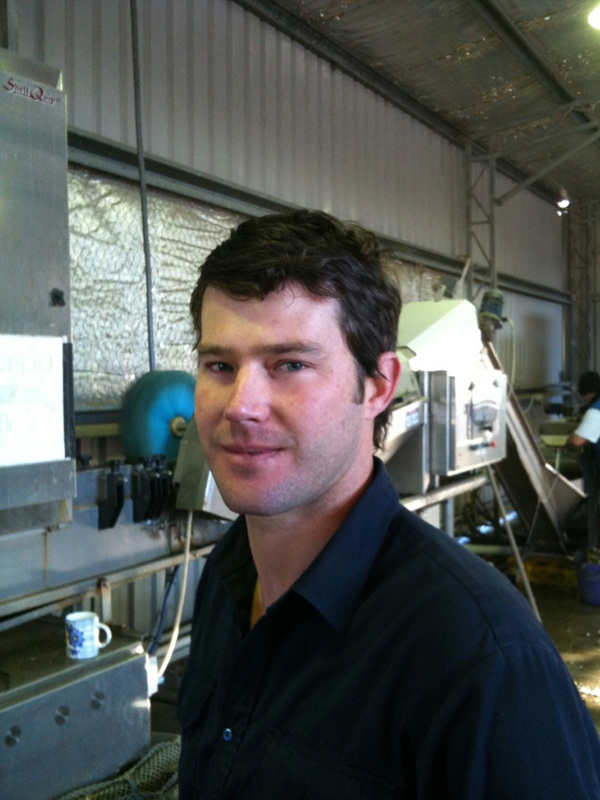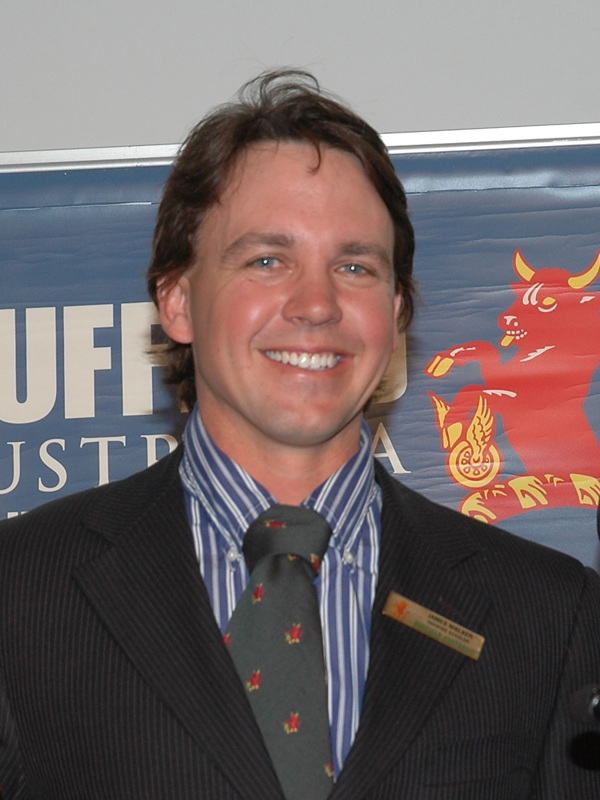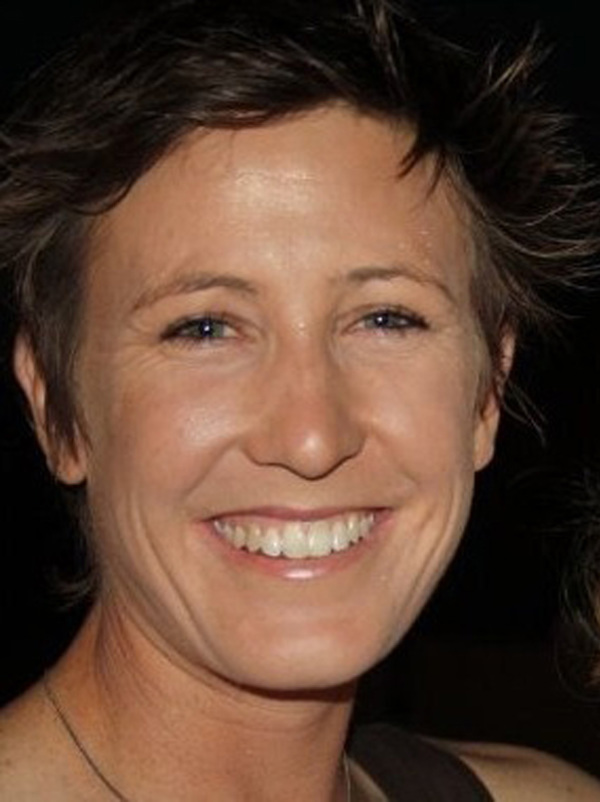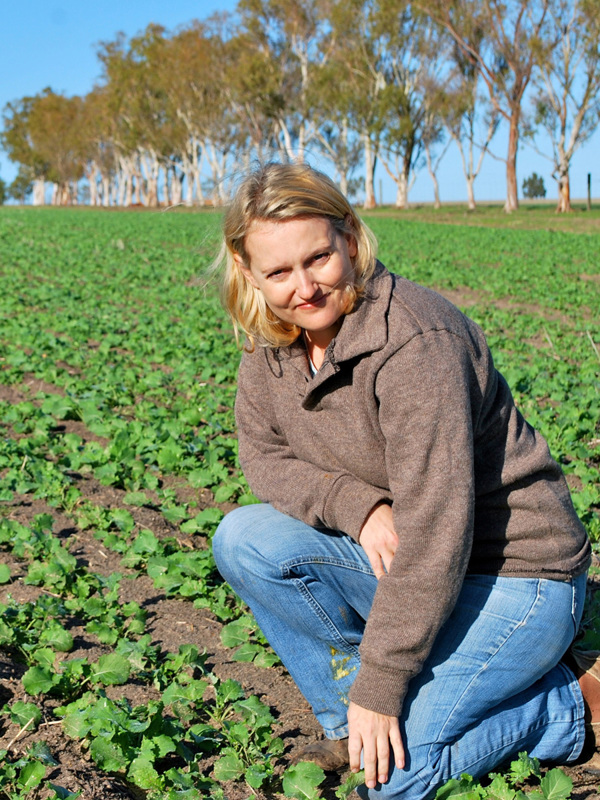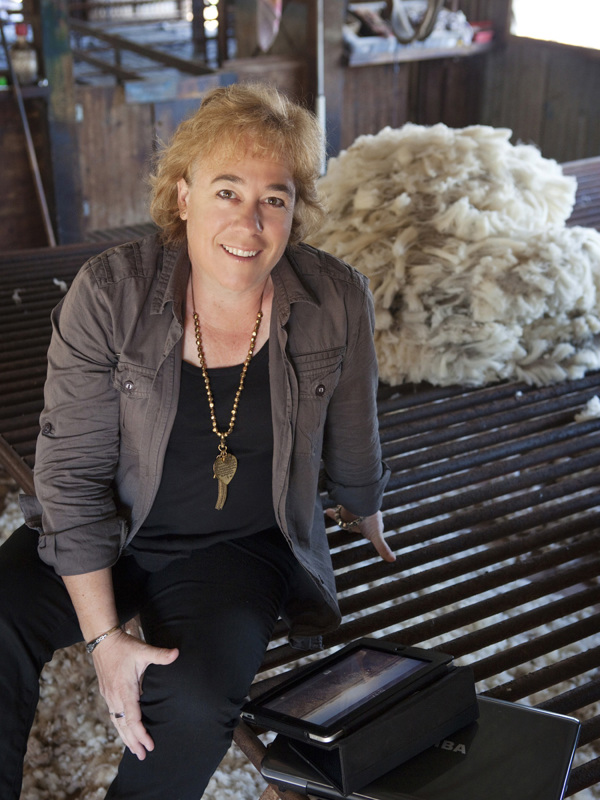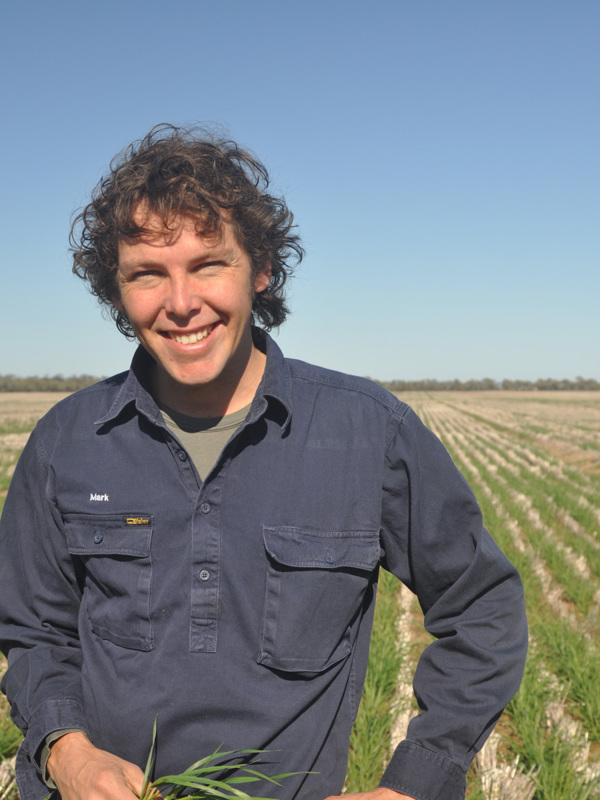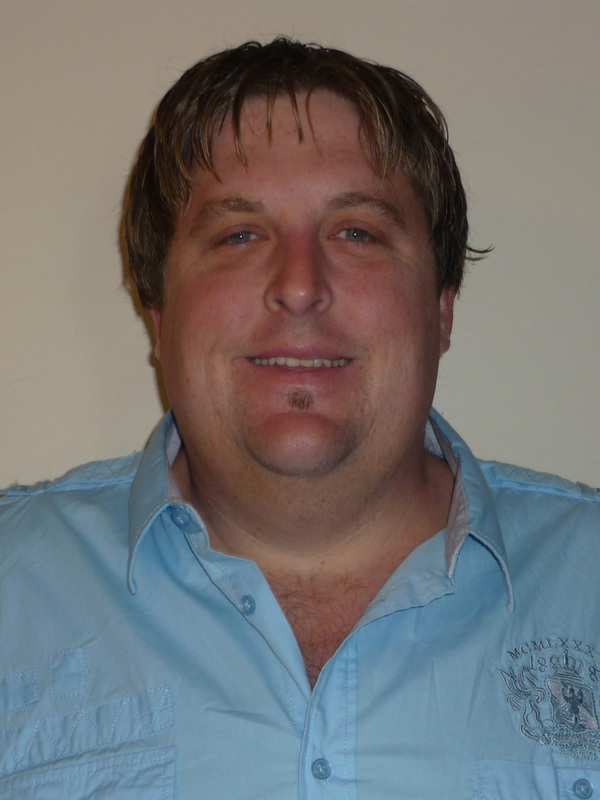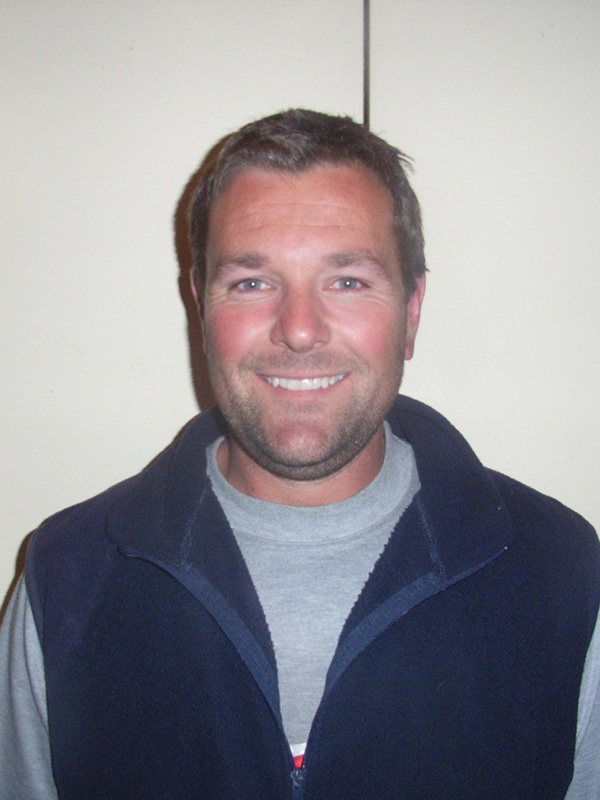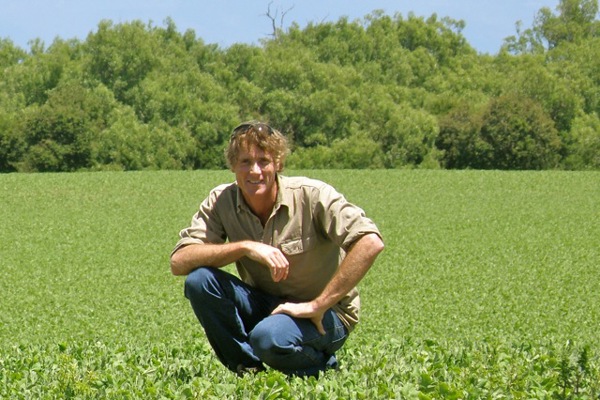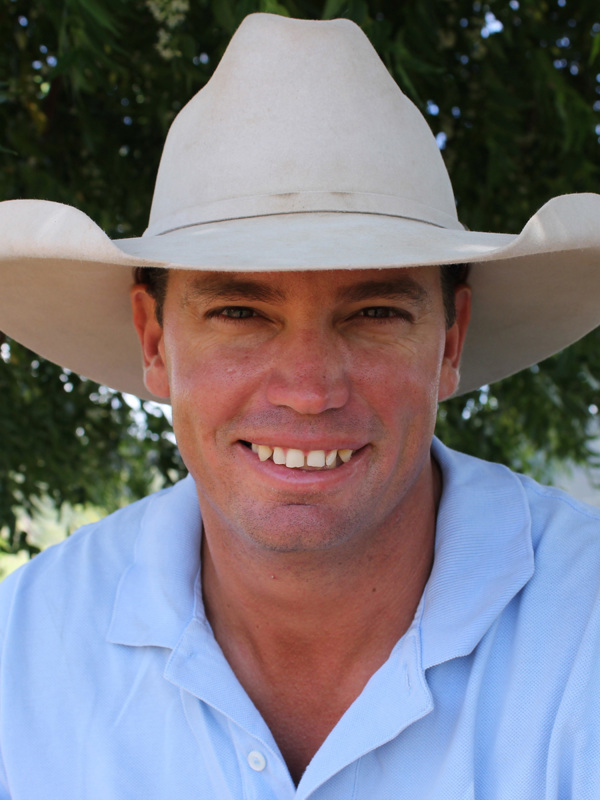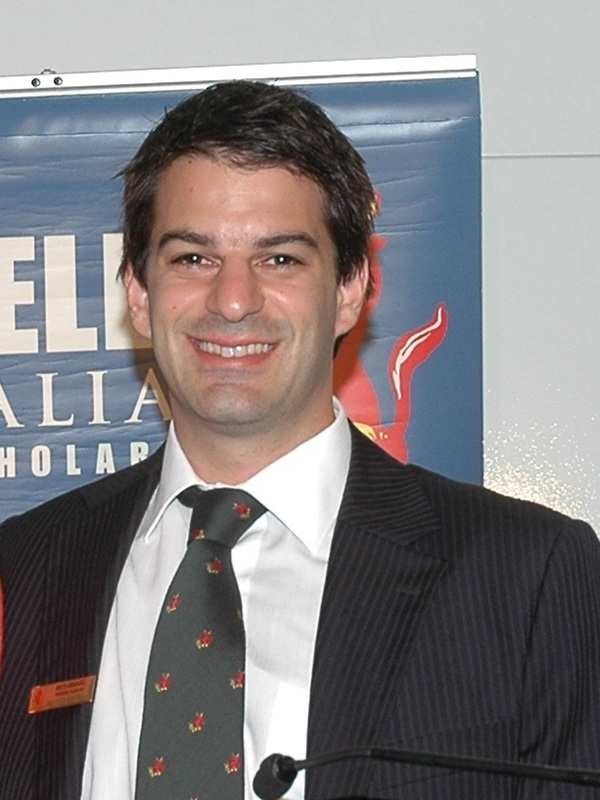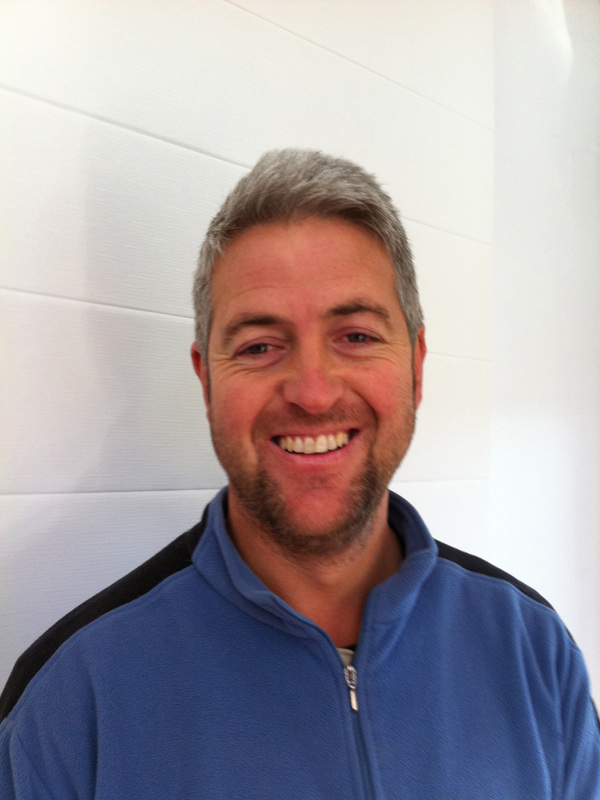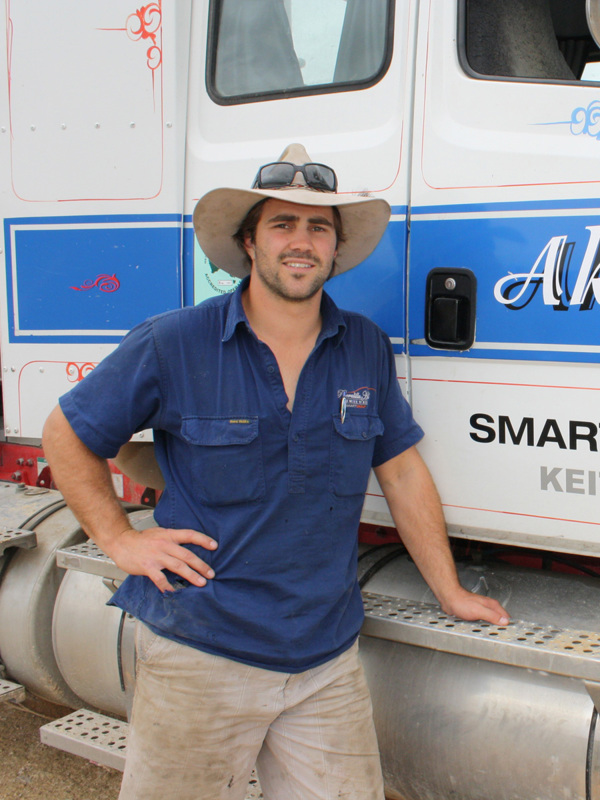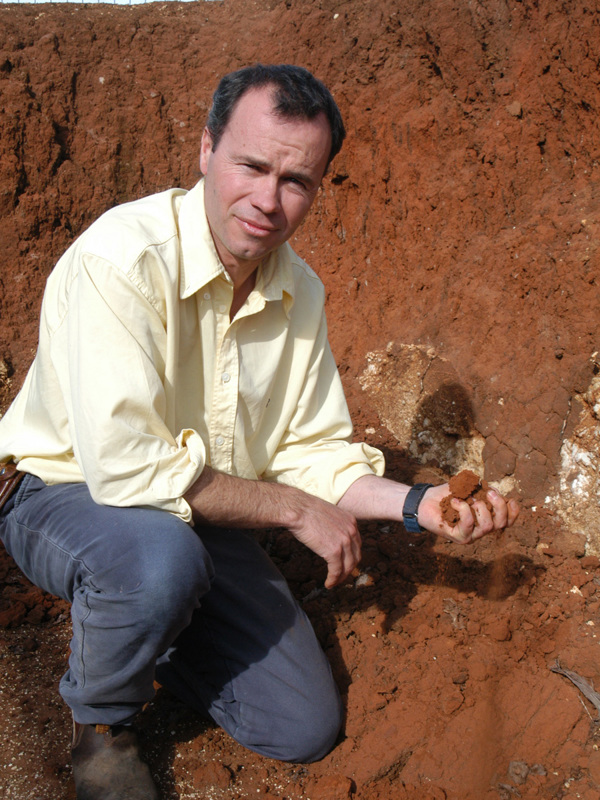
Robin Schaefer
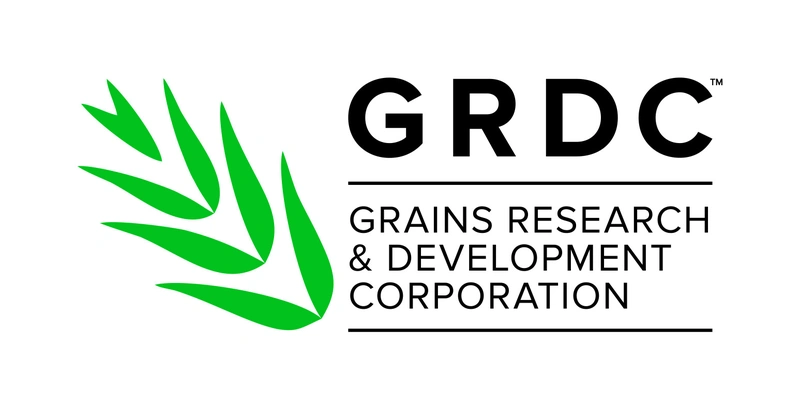
Given the strong reliance farmers have on the weather, if there’s one thing they would love, it’s a crystal ball. While that’s not possible, Robin Schaefer is focussed on the next best thing – understanding and using weather forecasts better. Robin is part of the ‘Bulla Burra’ collaborative farming enterprise with fellow Nuffield Scholar (2007) John Gladigau. Robin says weather forecasting is an area he’s been interested in since he was a kid, but a recent run of dry seasons brought that interest to the fore.
“The last 12 years have been pretty tough at home – seven or eight years of those have been in the lowest 20 years of 100 years of rainfall records, so it really got me interested in longer term forecasting,” he explains.
Robin was determined to both improve his understanding of how forecasting works, and find out how he could use that knowledge to better manage his business. Robin used his scholarship to travel to almost every continent in the world, meeting with a range of government organisations and private forecasters. In England Robin met with experts at the European Centre for Medium-Range Forecasting, an independent intergovernmental organisation supported by 34 states and renowned in meteorological circles as one of the premier forecasters in the world.
“I also visited the UK Met Office, which is well regarded too, and met with private weather forecasters such as Weatherquest in Norwich. In Canada I then visited Ray Garnett, a crop forecaster for the Canadian Wheat Board who studied seasonal weather forecasting to increase his ability to forecast grain global production,” Robin explains.
Robin then focussed on extreme weather forecasting in Oklahoma in the United States, a state with a climate ranging from tornadoes, to snowstorms where the temperature can drop to minus 30 degrees, to heatwaves of 30-40 degrees.
“They’ve developed a grid system with 37 kilometre-spaced real time weather observation stations, including soil moisture probes, to get a real handle on what’s happening with the weather – it was just fascinating."
Robin then travelled to the La Pampa region in Argentina, another area with a variable climate in which rainfall can vary by 60 per cent, or 400 to 1000mm, from one year to the next. He finally finished his travels in New Zealand, visiting weather forecaster Ken Ring, who Robin found uses less than mainstream techniques.
“Ken was really interesting, he spent a lot of time living near the beach and came to the realisation that weather was affected a lot by what was happening with the moon and the sun and so he’s done research along those lines. A lot of people discount this type of forecasting but in my journey I’ve actually found some real correlations there,” he says. From all his travels and discussions, Robin came to some very clear conclusions about how farmers can use long-term weather forecasting to help their businesses.
“If you understand what goes on behind forecasts and how you use them in your business, you can weigh up the risk and apportion your inputs appropriately to the forecast – this allows farmers to manage risk, not increase it. I also think it’s important to get forecasts from a number of sources too – while private weather forecasters I’ve seen tend to be more at the cutting edge, farmers should not just rely on one – I think it’s important to use a few,” he says.
